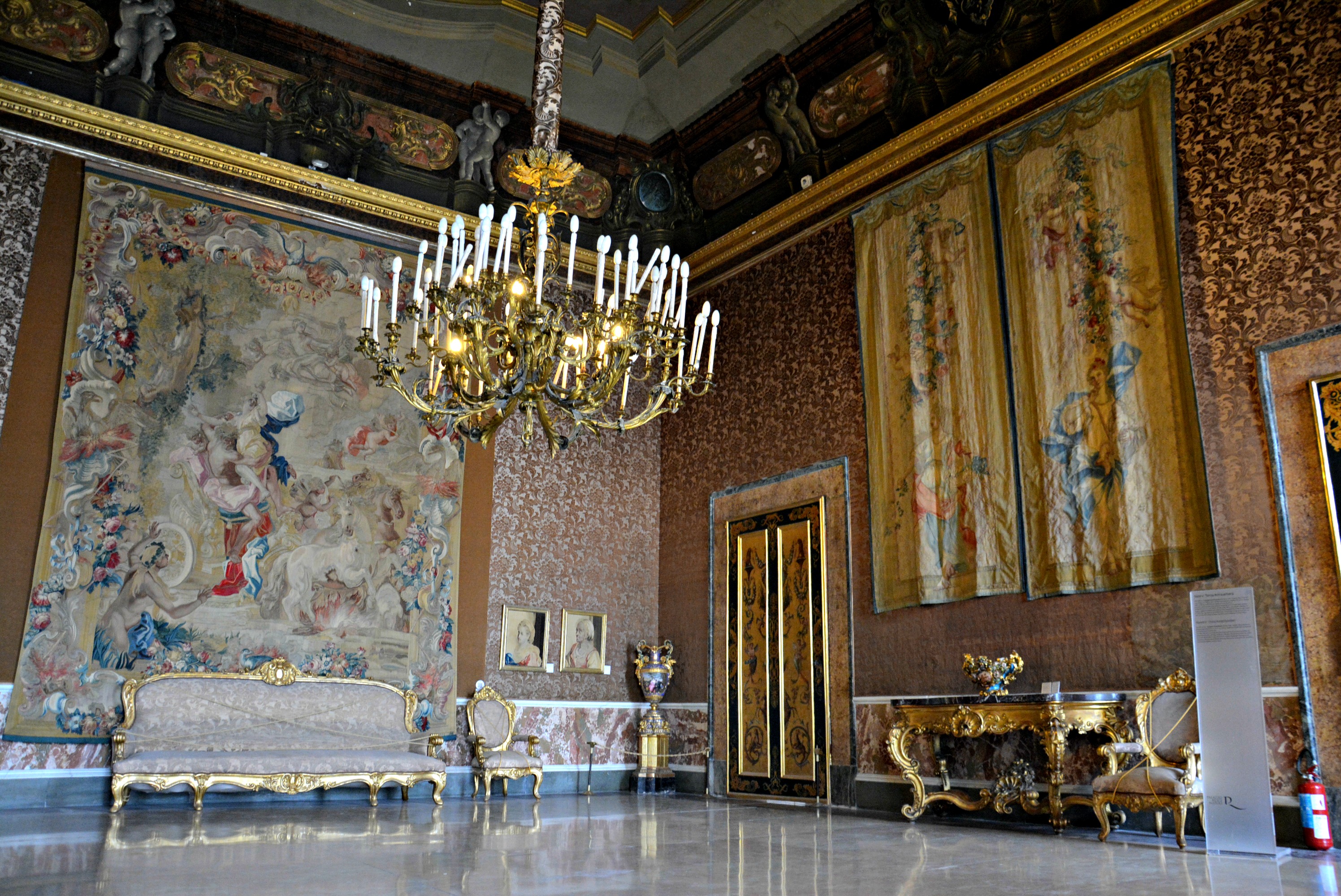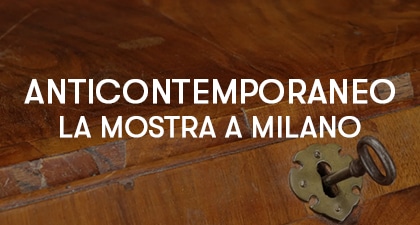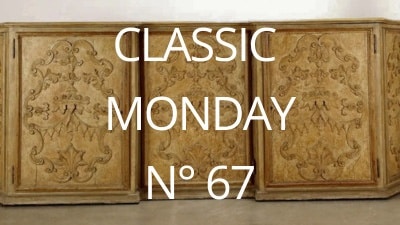
Dopo l’articolo sul Cassettone Neoclassico della scorsa settimana, il protagonista del terzo appuntamento con il Classic Monday è un divano eclettico.
In this fine boat sofa, rococo suggestions and elements of Baroque taste blend harmoniously, giving life to a piece of furniture with a remarkable decorative finesse. The type of furniture is still of late Empire taste but the stylistic and decorative characters place it in that production of first eclecticism that develops at the end of the second quarter of the 800.
The term eclecticism (from the Greek eklektekós from ekleghein, to choose, select) indicates the attitude of those who choose in different doctrines or styles what is similar to them and try to harmonize it in a new synthesis.
This is exactly what has been happening in Europe since that time. In Italy there is in particular a recovery of the decorative repertoire of the Italian Renaissance and Baroque.

In the case of our sofa we can see motifs with a decidedly Rococo imprint.
The inlays follow one another with racemes and rocaille on which sphinxes, dragons, cherubs and animals rest. On the uprights instead we observe the presence of an inlaid dolphin that ends in a carved head, a trick, that of passing from inlay to sculptural three-dimensionality, typically Baroque.

The woods used refer to the Neapolitan productions attributed to Girolamo Schmidt. It was a German cabinetmaker who had executed furniture mostly in mahogany or rosewood with maple inlays for the Ruffo della Scaletta palace in 1838, the mahogany furnishings that covered the walls of the Cabinet of Physical Sciences of Ferdinand II in the Royal Palace in 1841 and part of the service furnishings of the Queen Mother.
A significant detail that helps us to date and place this sofa is the inversion of the chromatic relationships typical of the Carlo X style: we find the light inlays on a dark background.

We can also appreciate the Biedermeier influence, a style that also gave the sofa great importance. Other workshops in Naples worked on similar productions, the best known names are those of Pietro Viola and Michele di Lauro.
Often this type of furniture is referred to with the confused and incorrect name “Smith furniture”. It is a reference to an elusive English cabinetmaker who would have lived in Naples but of whom there is no certain news and whose existence is at least doubtful. We know that he had the same initials as Girolamo Schmidt (who was actually active in the Neapolitan city in those years) and that it could therefore have been a simple mispronunciation or transcription to have generated this mysterious impasse.
















